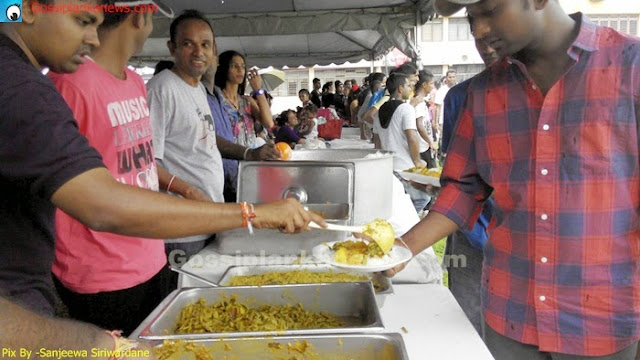Mahiyangana Stupa
The ancient Mahiyngana stupa is located 1km south of the city center. The gleaming great white stupa built in the shape of a bell, sits pretty atop a massive platform. The sculptures of elephant heads built onto the platform stand proudly as if to guard the stupa. A well laid out and well maintained long straight walkway stretches from the decorated Makara Thorana (Sinhala: dragon arch) to the stupa.
The ancient Mahiyngana stupa is one of the sixteen most venerated Buddhist stupas of Sri Lanka. It is believed Buddha’s hair relic is enshrined within the ancient Mahiyangana.
Sri Lanka’s greatest historical chronicle, Mahawamsa reveals that nine moths since the supreme enlightenment of Buddha, having foreseen that the island of Sri Lanka is destined to have the Buddhism established and remain so for 5000 years, visited the island to preach the doctrine to the pre-historic inhabitants belonging to the tribes of Yaksha, Naga and deva. Prince Saman of Deva tribe, having attained the first spiritual plane of Buddhism called Sovan, begged Buddha for a token of presence that could be held high in reverence: he was granted a curl of hair off Buddha’s head. Prince Saman had the ancient Mahiyangana Stupa was built enshrining the hair relic, which was secured in a golden reliquary. Thus Mahiyangana became the first ever stupa to be built in Sri Lanka.
The stupa was enlarged by the Buddhist monk Arahat Sarabhu to a height of 12 cubits after receiving and enshrining the collar bone relic of the Buddha taken from the funeral pyre. For the greater protection of the shrine, King Devanampiyatissa's brother, Prince Uddhaya Culabhaya covered it over and made it 30 cubits high. Mahiyangana Stupa was adored by the ancient kings. King Dutugemunu (161-137 BC) saddened by the ruinous state of Mahiyangana stupa at the hands of Tamils, in spite of having destroyed the Tamil fortress at Mahiyangana, instead of pressing ahead to the Tamil strongholds in the northern plains, opted to spent time their in renovating the stupa. The great king raised the cetiya to a height of 80 cubits. It was only after the reconstruction of Mahiyanga stupa, King Dutugmunu carried on his military campaign to save the island nation from the Dravidian invaders.
Though Mahiyangana stupa had been renovated by a succession of princes and kings beginning with Prince Udaya Culabhaya to King Narendrasinghe, by the 19th century, Mahiyangana stupa had been in the dilapidated state. In 1942, a conference was held at the Mahiyangana vihara, in the presence of Rt. Hon. D. S. Senanayake, Minister of Agriculture and Lands, who expressed his approbation for the restoration of the Mahiyangana Cetiya - the first of its kind in Sri Lanka. For the purpose, a society was formed under the name Mahiyangana Vihara Vardhana Samitiya, headed by the Hon. Minister. However, the restoration work commenced only in the year 1953 by Dudley Senanayake, then prime minister of Ceylon. On September 21, 1961, the renovated Mahiyangana Stupa was unveiled amidst a great concourse of devotees who flocked to witness the historic event. The pinnacle was adorned with a crystal-cut gem weighing 14.5 kg gifted by Myanmar.



























































0 comments:
Post a Comment